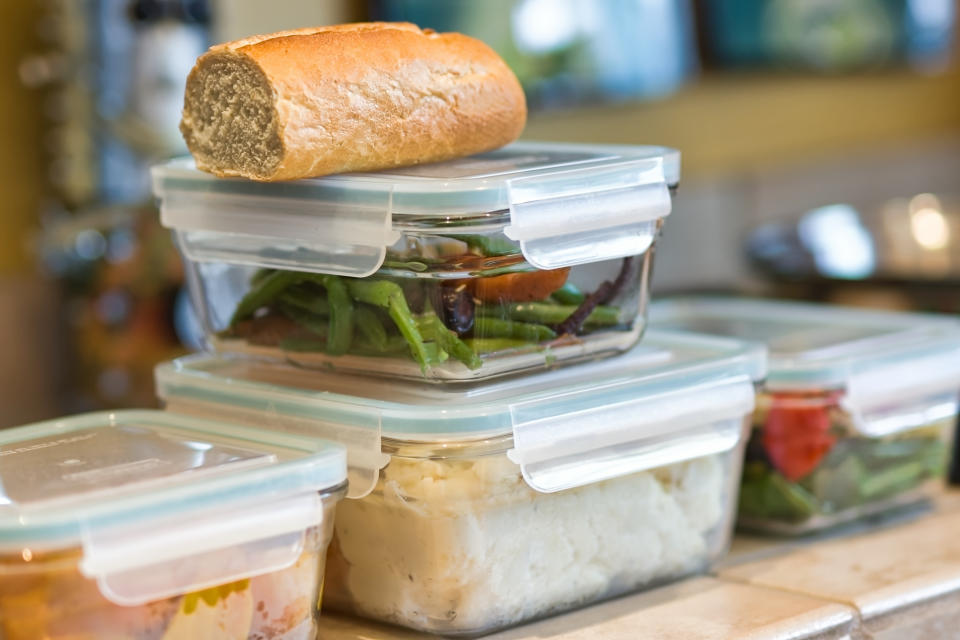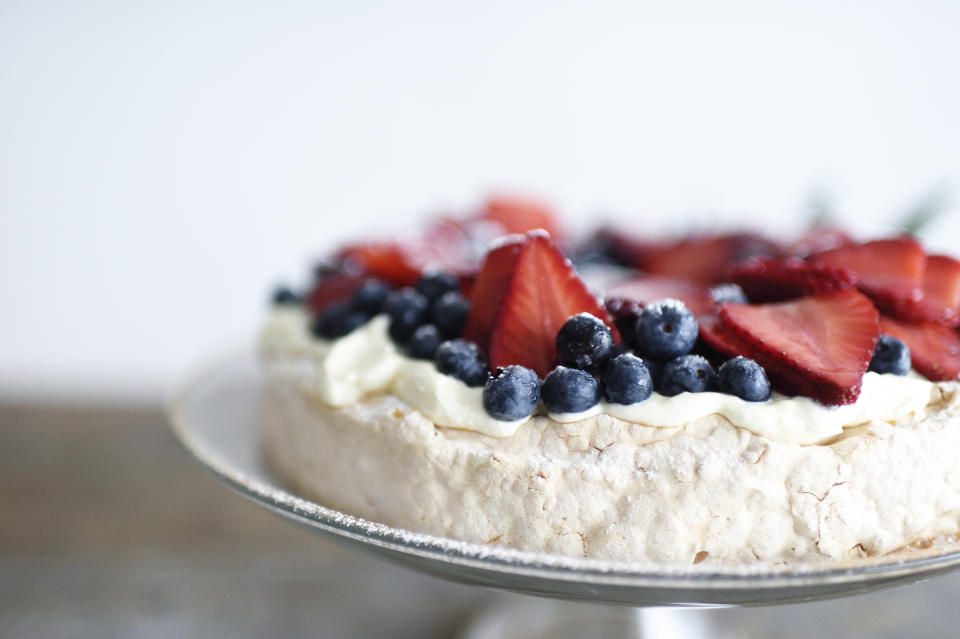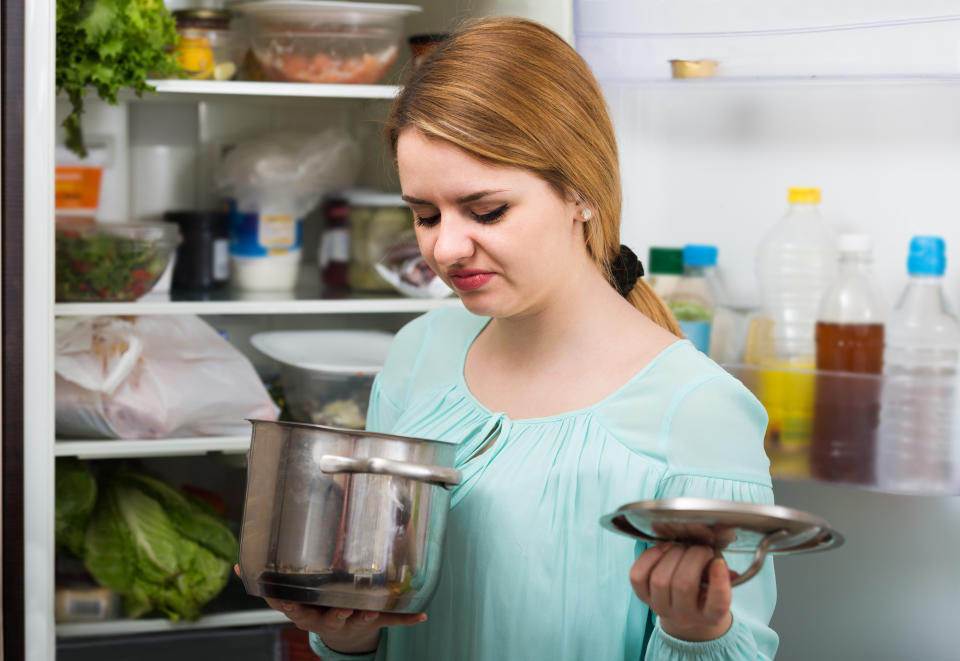How to make the most of your Christmas leftovers
Whether you’re enjoying a Christmas breakfast, lunch or dinner – practicing sound food preparation and hygiene can prevent a sick stomach on Boxing Day.
But what exactly can we do to stay healthy over the holidays?
CSIRO applied microbiology team leader Sandra Olivier told Yahoo News Australia how to keep your food safe and when it’s time to throw your leftovers out.
Is it best to use glass, plastic or a zip-lock bag?
You might be left with a few storage options for your leftovers including ceramic containers, zip-lock bags and Tupperware.
But what’s best?
According to Ms Olivier, there is no real difference between them.
“You just need to make sure your containers are clean and food is covered,” she said.

Temperature danger zone
Part of storage is ensuring your food is kept at the right temperature, as the temperature danger zone could be a breeding ground for different types of bacteria.
“Between 5-60 degrees is where bacteria grows with room and body temperature the peak,” she said.
This is why it’s important to ensure your fridge is below five degrees when putting your leftovers away.
'Definitely going to trick people': Warning over 'evil' Australia Post scam this Christmas
'Certainly a statement': Woman's X-rated Christmas lights display causes neighbourhood stir
It’s all in the timing
“There are certain timing caveats when it comes to food,” Ms Olivier said.
“With cooked food - it’s best to put it in the fridge as soon as it’s stopped steaming.”
Ms Olivier said there’s generally a two to four-hour window to consume food.
“If it’s out between two to four hours then you either need to cook or throw the food away,” she said.
“If your food as been left out for more than four hours throw it away.”

The reason for this is if hot food is left out for too long - it will cool and likely reach a temperature suitable for bacteria to grow.
Cold food is the same - it’s likely to warm above five degrees if left out for longer than two hours.
These rules apply to a “broad range of pathogens”, Ms Olivier said and should be considered for ready to eat salads, deli meats and cooked meats.
Use a number of containers
If you’ve got a big stew or a soup, Ms Olivier advised pouring it into a number of containers instead of keeping it in one big pot.
“It helps speed up the cooling the process,” she said.
“Larger portions of food will cool faster in the fridge if they’re broken down and put in separate containers.
“Don’t put big and bulky things into your fridge – portion them out to cool them.”

The sniff test
It’s common for people to have a smell of something in the fridge to determine if it’s OK to eat.
But relying on your nose isn’t reliable.
“If it was that easy - I’d be out of a job,” Ms Olivier said.
Some pathogens don’t smell - and just because your leftover ham sandwich isn’t giving off an odour doesn’t mean you won’t get sick.
Most leftovers need to be eaten with three to four days even if stored properly.
Do you have a story tip? Email: newsroomau@yahoonews.com.
You can also follow us on Facebook, Instagram and Twitter and download the Yahoo News app from the App Store or Google Play.



